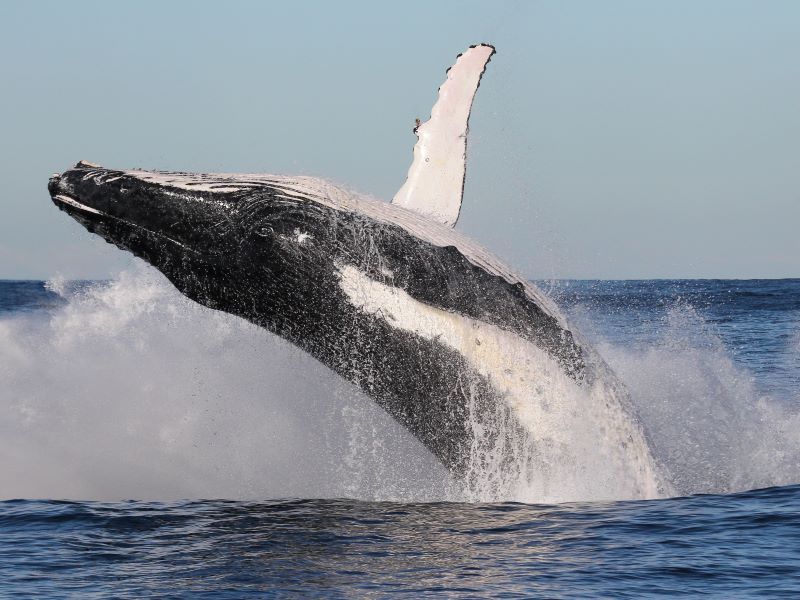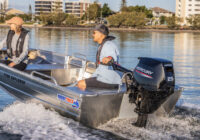Seeing a whale in the wild is incredibly exciting, but to stay safe this whale season, always keep the required distance between yourself and the whale.

“Approach distances are in place to protect both people and wildlife,” said Britt Anderson, Project Officer with NSW National Parks and Wildlife Service (NPWS).
“If a boat, jet ski, drone, surfer, or swimmer gets too close to a whale, it may react aggressively or alter its swim speed and direction. This burns more energy than usual during their long migration, and repeated disturbances can have serious impacts on the health of whales and their calves.”
In NSW, state regulations set out minimum approach distances for marine mammals.
For boats and paddlecraft (such as surfboards and kayaks):
- Stay at least 100 metres from whales
- Stay at least 300 metres if a calf is present
- Maintain a slow, steady speed and minimal wash within 300 metres of whales
For swimmers, snorkellers and divers:
- You may enter the water at a minimum distance of 100 metres from a whale
- If you are in the water, you must keep at least 30 metres from a whale
For personal watercraft (PWCs) e.g. jet skis:
- Keep a minimum distance of 300 metres from whales. PWCs are particularly risky due to their speed and unpredictable movement, making collisions more likely
For drones:
- Approach from behind, do not hover directly above and never land on the water
- Comply with CASA rules
- Maintain 100 metres from the whale – this distance applies both vertically above and horizontally away from the animal
If you encounter a stranded, injured or entangled marine mammal, please report it immediately to your nearest NPWS office or phone 130 000 PARKS (1300 072 757), or contact the Organisation for the Rescue and Research of Cetaceans in Australia (ORRCA) on 02 9415 3333.
Find out more about required approach distances for whales, dolphins and dugongs, and rules for boats and other vessels when whale watching.
NPWS is the responsible agency for regulating safe approach distances to marine mammals under the Biodiversity Conservation Act 2016 and Biodiversity Conservation Regulation 2017.
Education and compliance activities are supported by the Marine Estate Management Strategy Threatened and Protected Species Initiative.







